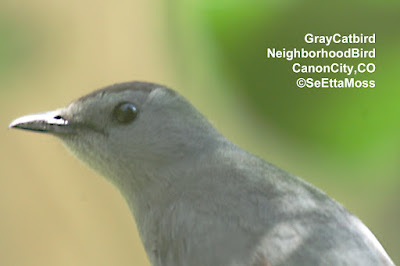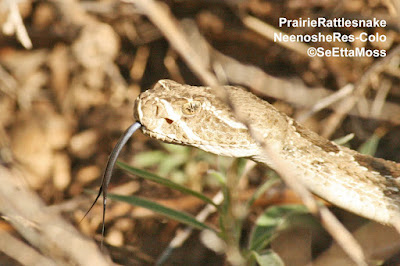Yesterday after an appointment in Pueblo, I decided to tske a detour through Beulah, a small but neat town in western Pueblo County. Since I have found Beulah to be about the best place in southern Colorado for Lewis' Woodpecker, I was surprised to only find 6 Lewis' Woodpeckers. I was delighted to spot two Golden Eagles flying together, likely an adult showing it's offspring the best places to hunt. I also spent some time in Pueblo Mountain Park which is adjacent to Beulah. Though it is predominately ponderosa pine forest, it is a very pleasant location with nice birds. I saw this Broad-tailed Hummingbird, which is either a female or an immature, in one of those ponderosa pine tree. SeEtta








